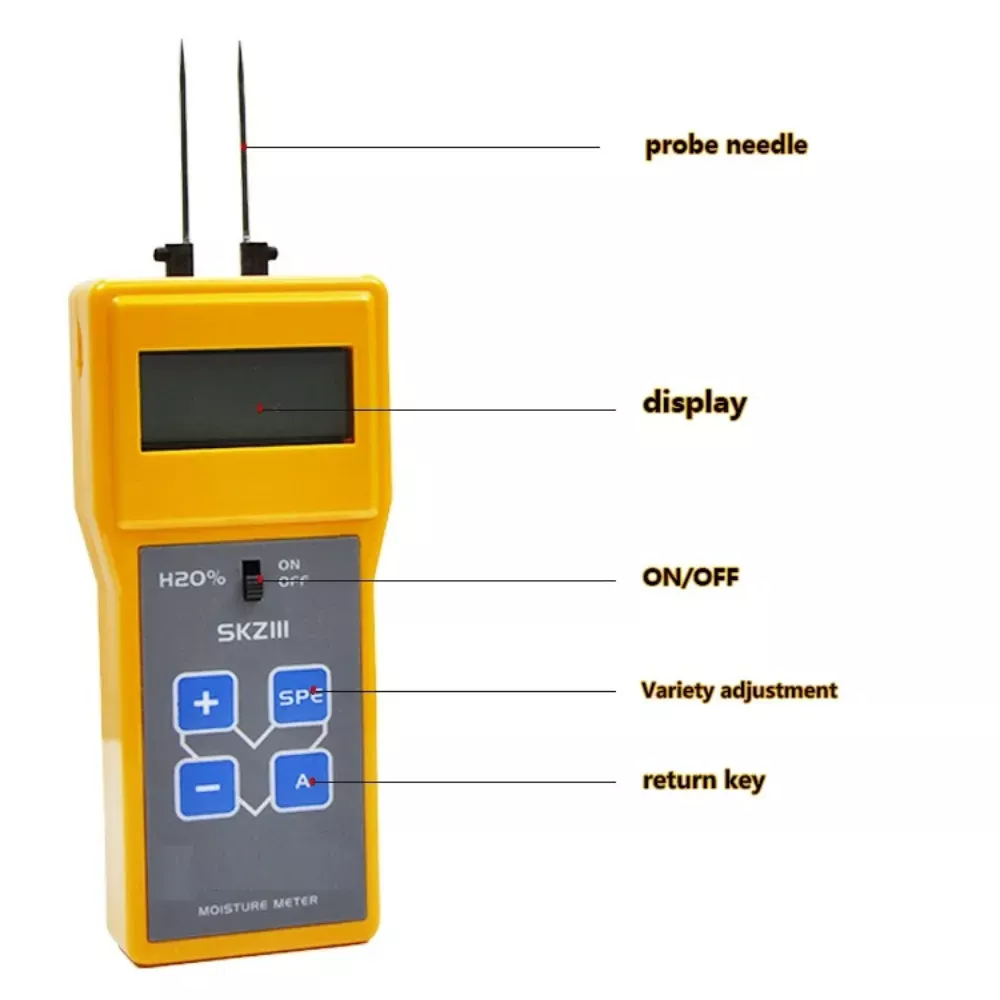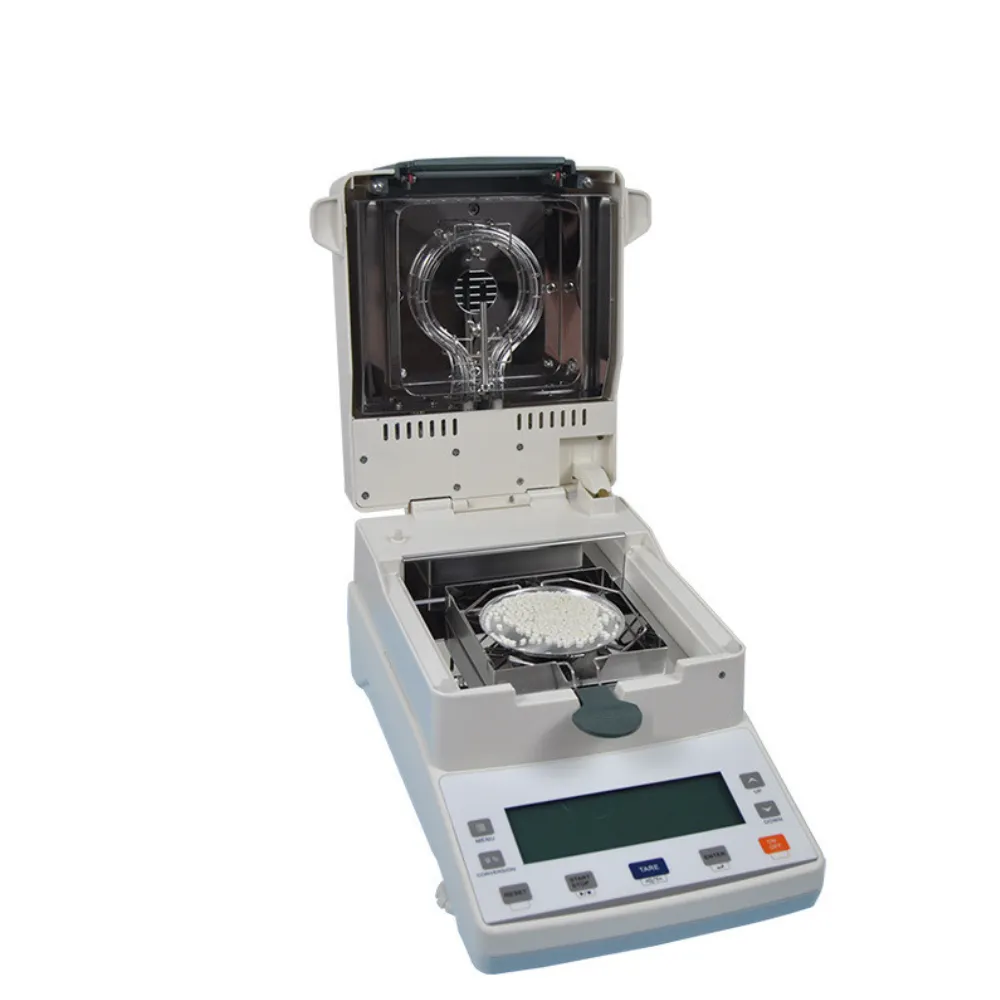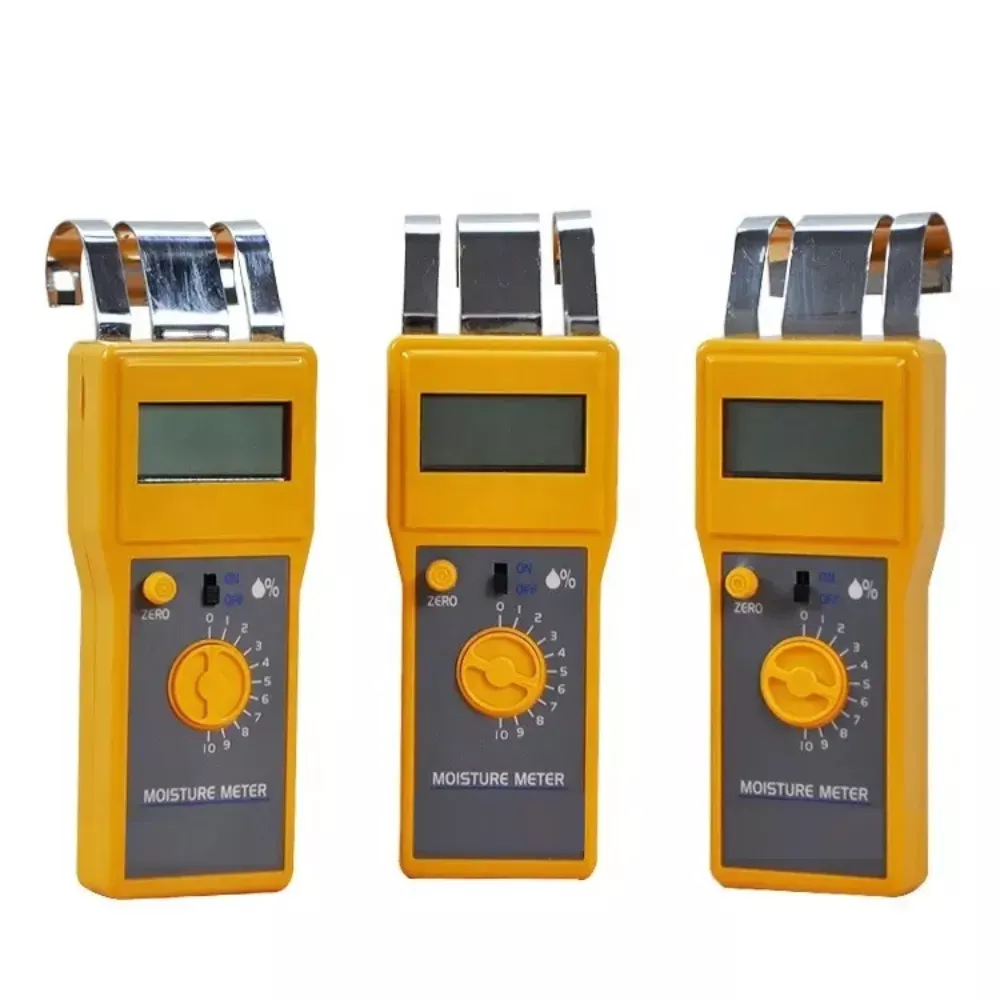
Soil Moisture Meter Components and Functionality
Table of Contents
Tensiometers: Measuring Soil Water Tension
Tensiometers are instruments used to measure the tension or suction of water in soil, indicating soil moisture levels. Building a reliable tensiometer involves specific materials and procedures. Essential components include ceramic cups, epoxy, and vacuum gauges. Ceramic cups can be sourced from vendors like the SoilMoisture Equipment Corporation, which offers a model with dimensions of 0.875 inch OD x 2.75 inch length. Epoxy is used to seal the ceramic and plastic parts, ensuring durability and accuracy.
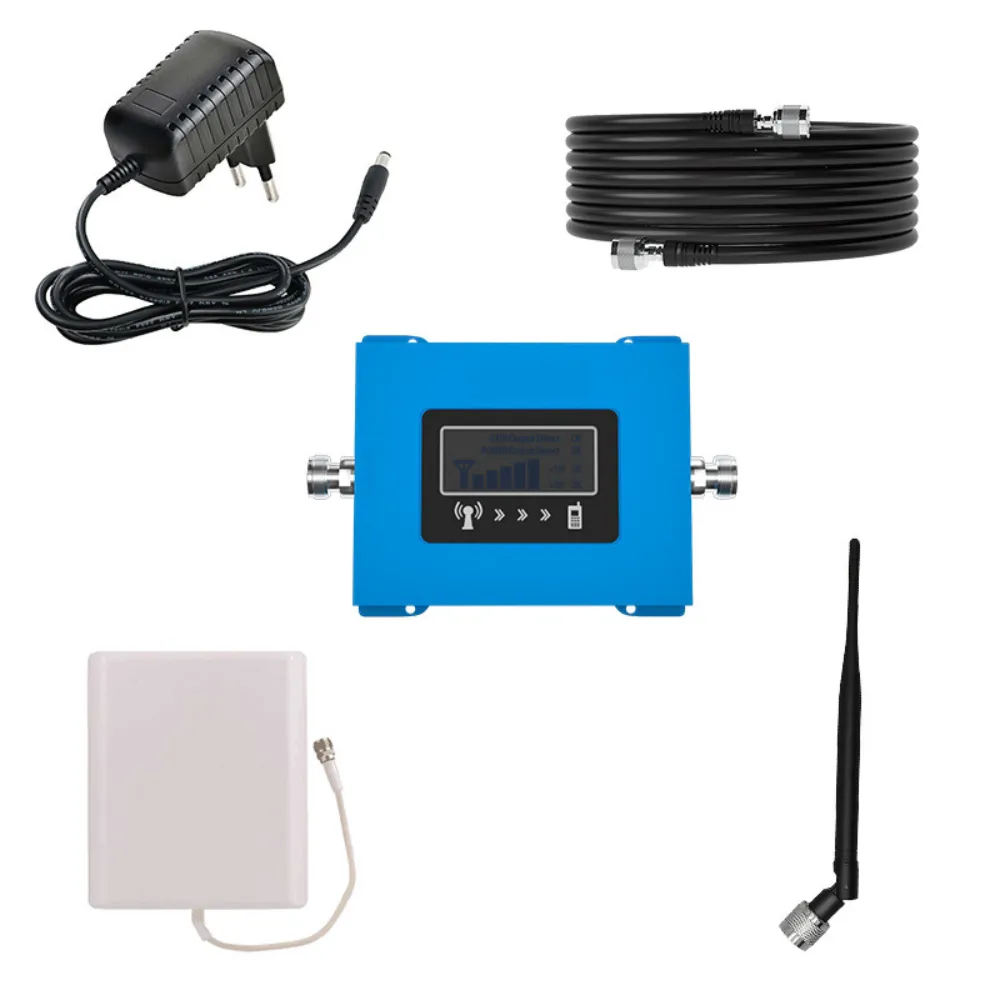
Analog Soil Moisture Meters
Analog soil moisture meters are straightforward devices that do not require batteries to operate. These meters function via the conduction of electricity through the soil; when the probe, typically made of conductive metal, is inserted into the soil, the natural electrical current in the soil is measured to determine moisture levels. Analog meters are usually less expensive and feature a color-coded scale with a needle that swings to indicate the moisture level, making them simple and easy to use. However, they can be less accurate and harder to read compared to their digital counterparts.
Neutron Probes and FDR Sensors: Advanced Measurement Techniques
Neutron probes and Frequency Domain Reflectometry (FDR) sensors are advanced devices used for soil moisture measurement. Neutron probes provide readings via a built-in display after site-specific calibration, while FDR sensors come equipped with loggers and software for graphical data presentation. Both devices meet the essential requirements for range, accuracy, dependability, and data processing, making them suitable for various applications.
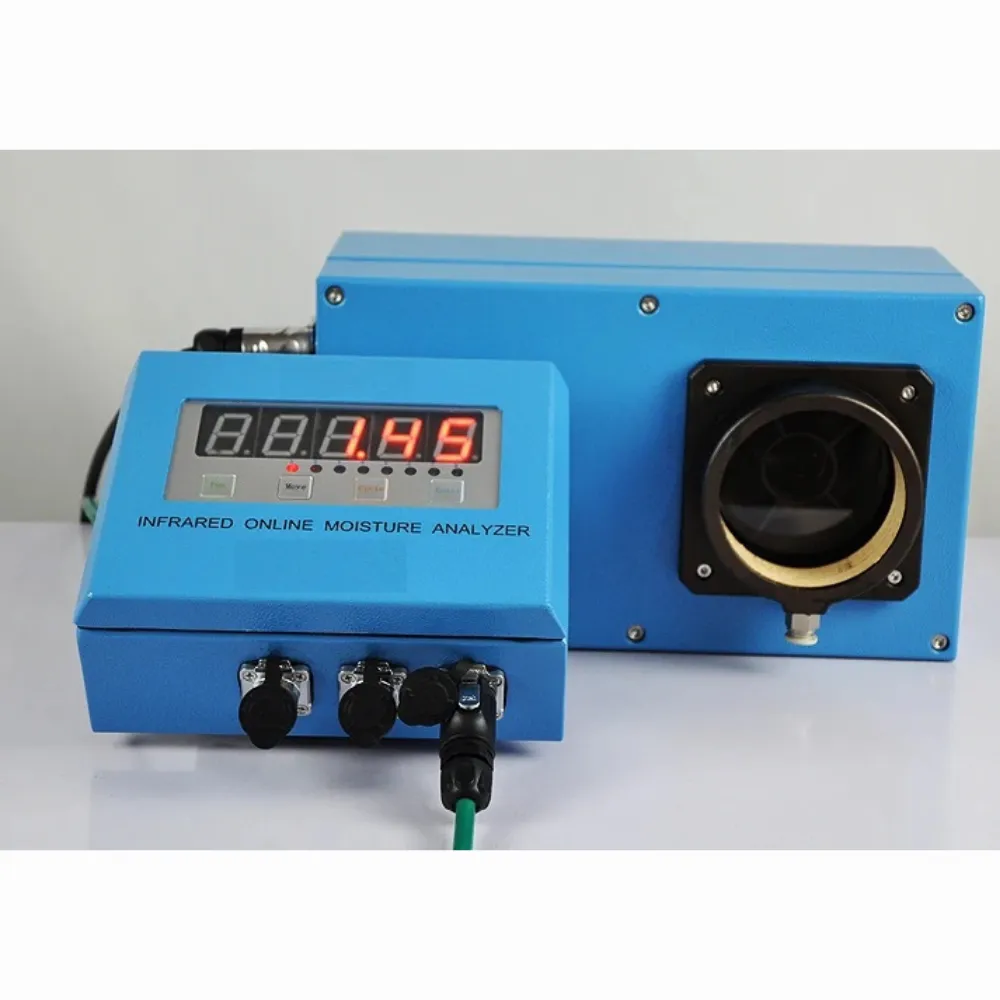
Arduino-based Sensors: Cost-effective and Customizable Solutions
Arduino-based soil moisture sensors offer a cost-effective and customizable solution for real-time data collection. Components include an Arduino UNO board, an Adafruit STEMMA capacitive soil moisture sensor, and appropriate wiring cables. The sensor’s code incorporates a moving-window approach to average measurements, reducing noise and outliers, and includes a wet/not wet threshold for immediate data reporting.
Capacitive Sensors: Utilizing Soil as a Dielectric Material
Capacitive soil moisture sensors function by utilizing soil as a dielectric material. These sensors often comprise a pair of parallel stainless-steel rods or metal rings attached along a PVC pipe, allowing for multiple measurements at different depths. Changes in soil moisture alter the operating frequency of the capacitor, which is detected and processed by the sensor’s embedded electronics before being transmitted to a data logger.
Wireless Sensor Networks (WSN): Revolutionizing Data Collection
The integration of Wireless Sensor Networks (WSN) in soil moisture monitoring has revolutionized data collection and analysis. WSNs comprise sensors, microcontrollers, and networking capabilities that create intelligent networks for real-time data transmission. These networks reduce wiring complexity and support smart farming initiatives by enabling continuous and efficient soil moisture monitoring.
Data Loggers: Crucial for Recording and Analysis
Data loggers play a crucial role in soil moisture monitoring systems, recording data from multiple sensors at various intervals. Advanced data loggers can handle up to eight sensors, including soil moisture and temperature sensors. They offer flexible recording intervals and are capable of storing data for extended periods, depending on the frequency of measurements. Some data loggers also support wireless mesh networks, providing real-time data access and automatic recording.
Comments
Tags
Frequently Asked Question
The main components of a tensiometer include ceramic cups, epoxy, and vacuum gauges. Ceramic cups are used to measure soil water tension, epoxy seals the ceramic and plastic parts, and vacuum gauges display the measurements.
Neutron probes provide readings via a built-in display after site-specific calibration, while FDR sensors come with loggers and software for graphical data presentation. Both offer high accuracy but use different technologies to measure soil moisture.
Arduino-based soil moisture sensors are cost-effective, customizable, and offer real-time data collection. They can be programmed to use techniques like moving-window averaging to reduce noise and outliers in measurements.
WSNs revolutionize soil moisture monitoring by enabling real-time data transmission, reducing wiring complexity, and supporting smart farming initiatives. They create intelligent networks that allow for continuous and efficient soil moisture monitoring across large areas.

